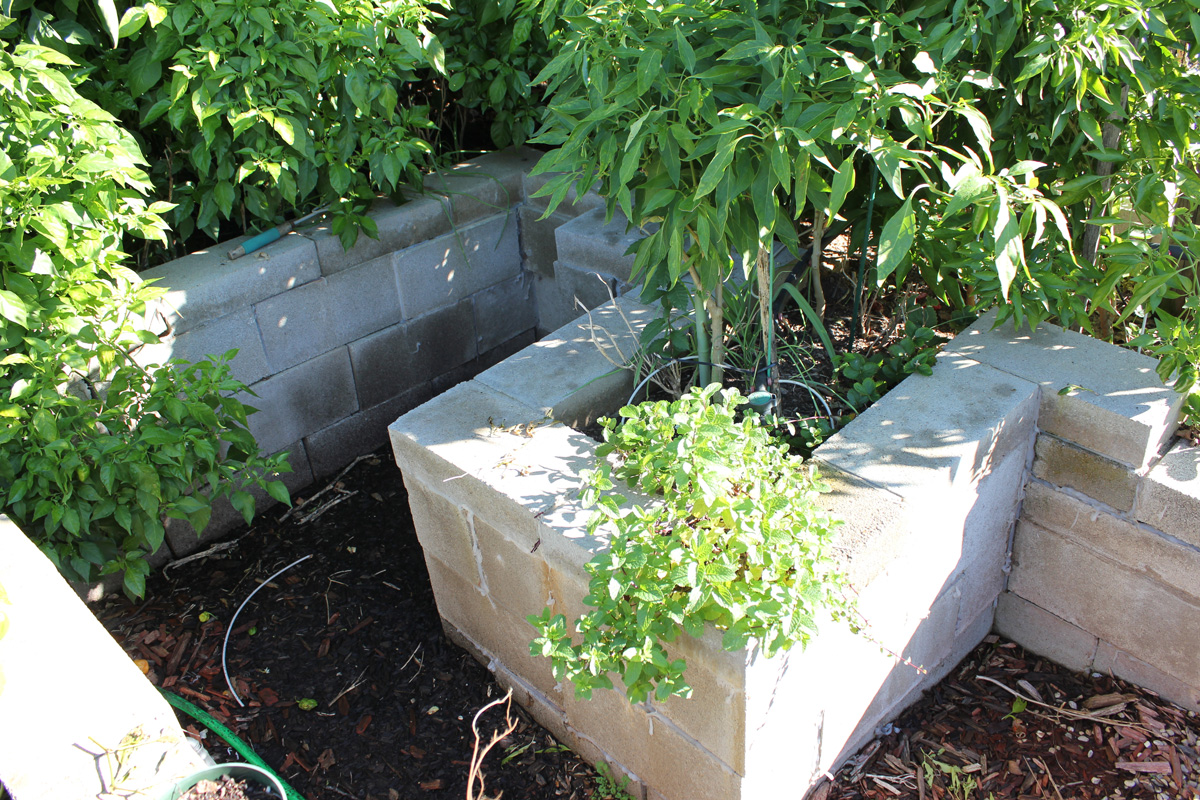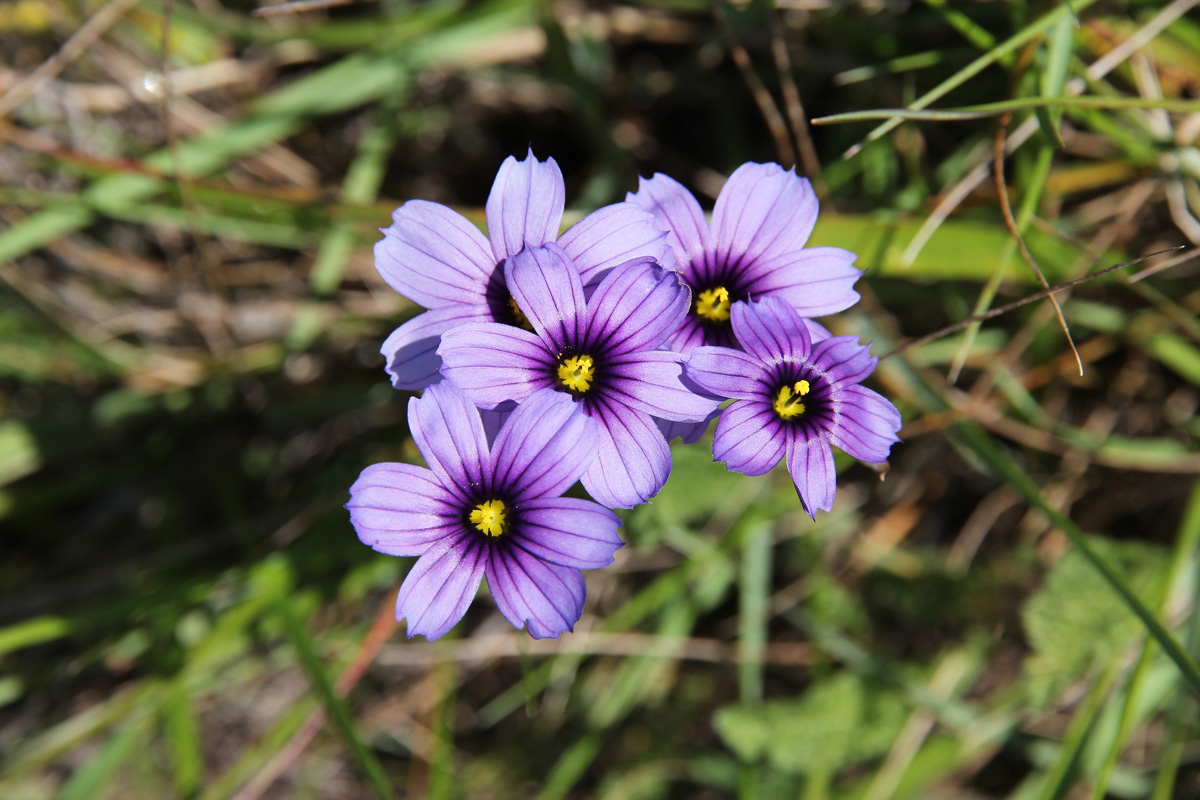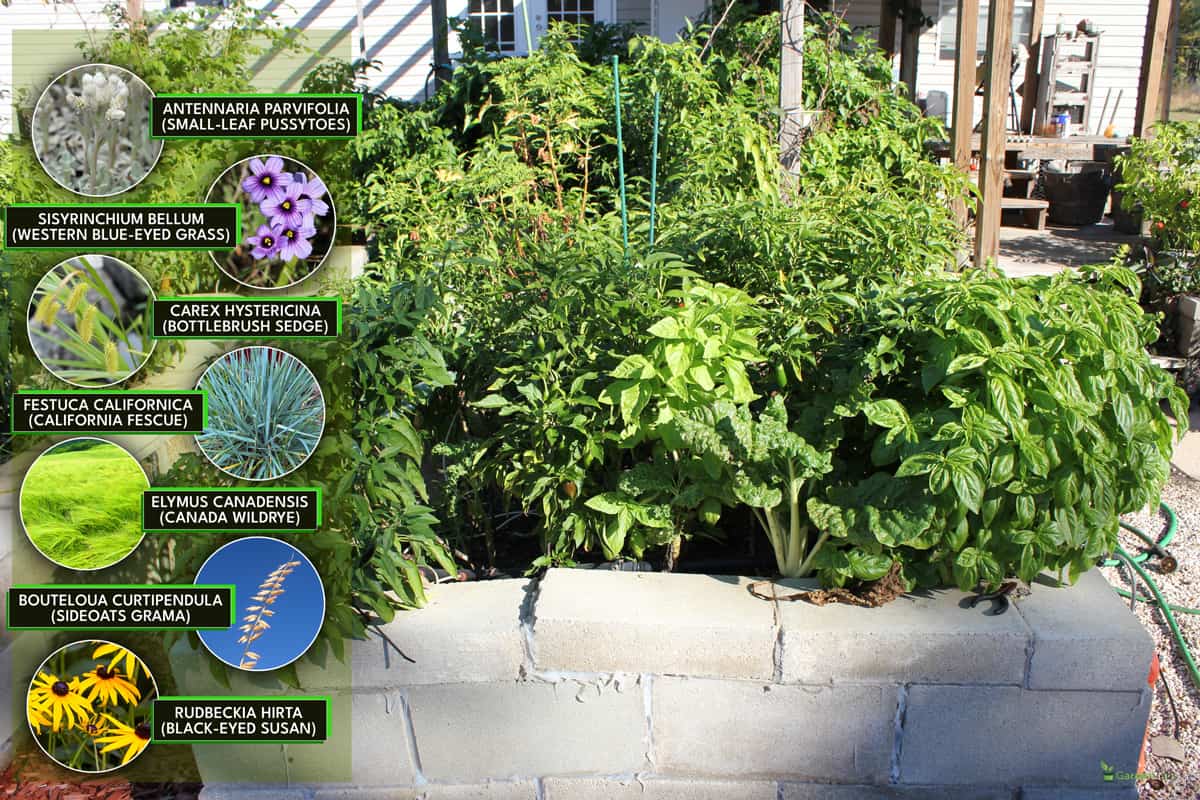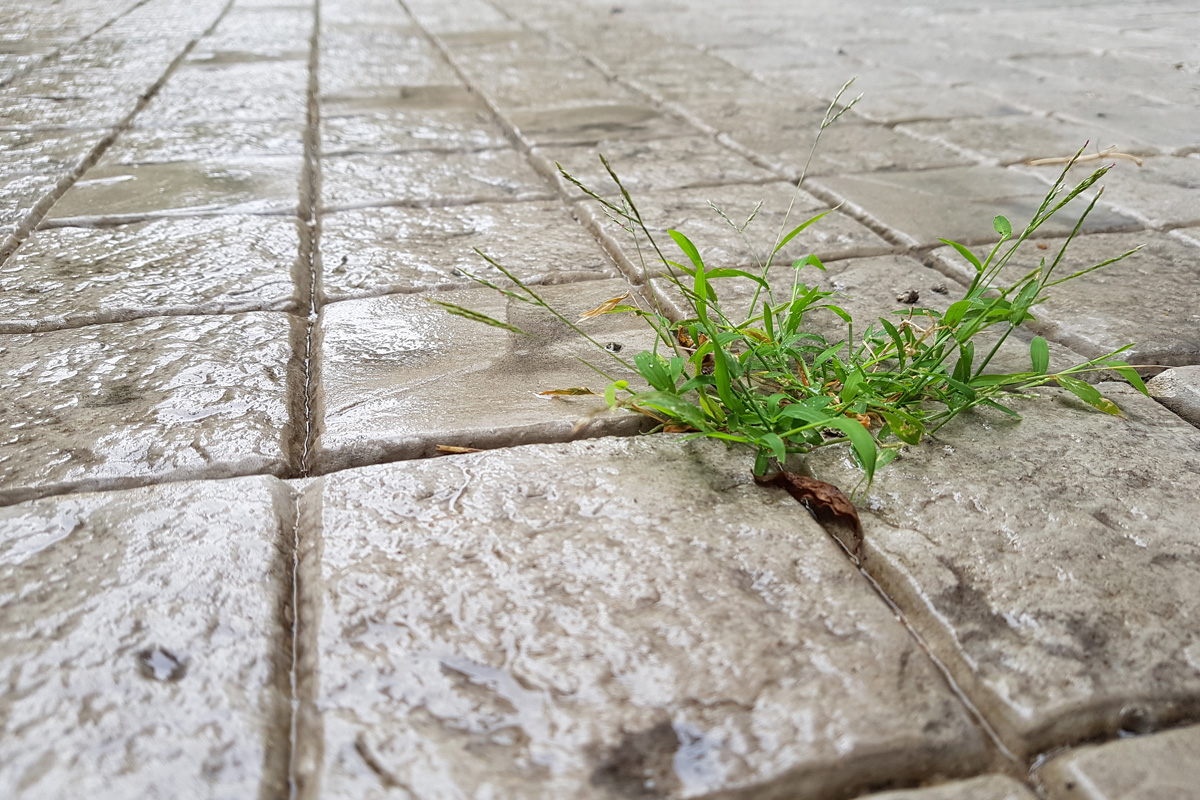If you're thinking of creating a raised garden bed using cinder blocks but are unsure whether it's a good idea, keep reading. We have gathered all the information needed so you can make an informed decision.
Here are some of the benefits of creating a raised garden bed using cinder blocks:
- Durability
- Availability
- Inexpensive
- Versatile
- Lifespan
Here are some of the drawbacks of creating a raised garden bed with cinder blocks:
- Lowers Ph Level of the soil
- Heats the soil
- Leaching
- Delivery cost
- Health risks
- Weight
If you're looking for a more in-depth explanation of these pros and cons, you'll find it in this post. We've also included information on how to prepare a cinder block raised bed and the best plants to use.
Pros Of Cinder Block Raised Beds

Here are the detailed advantages of creating a cinder block raised bed.
Durability
Cinder blocks will not rot or become deformed, unlike other materials used in raised garden beds, such as wood. The blocks are highly durable.
Availability
Cinder blocks are usually readily available just about anywhere because they are easy to manufacture.
Inexpensive
Because of their availability and the roughness of their material, cinder blocks are more affordable compared to wood and metal.
Depending on the size of the cinder blocks you purchase, the price can range from $1.60 for an 8 x 8 x 8 block to nearly $2.00 for an 8 x 8 x 16 block. In addition, most stores offer discounts for bulk orders.
Versatile
Cinder blocks are stackable in multiple ways. You don't need to cement them together since their weight and friction keep them in place without slipping, even in strong winds.
Their neutral color lets them fit in virtually anywhere while still having the option to be decorated with paint or mosaic tiles.
Lifespan
Cinder blocks are designed to last practically a lifetime, which eliminates the need for constant replacement and maintenance. Given the right conditions and environment, they can last for 80 to 100 years.
Cons Of Cinder Block Raised Beds
Here are some of the disadvantages of creating a cinder block raised bed.
Lowers the Ph Level of the soil
Calcium-based materials can affect the soil's Ph level. Calcium is a part of the chemical combination used in concrete, which is what cinder blocks are made from.
Heats the soil
Since cinder blocks are made of concrete, their thermal mass can trap heat within the area. If the heat builds up, it can damage your plants.
Leaching
Coal cinders result from the making of cinder blocks. The byproducts can be released from the cinder blocks if they're exposed to excessive moisture while you're watering your plants or during periods of rain.
The cinders will then settle into the soil, raising its alkalinity and possibly making it toxic. However, this rarely occurs, and toxins from the blocks can be prevented by using a sealant.
Delivery cost
If you're planning on building a big raised bed or several beds, you're going to need a substantial amount of cinder blocks.
Transporting the blocks will require you to use at least a pickup truck. However, if you don't have access to one, you'll have to get the blocks delivered. This can cost extra, depending on how far away you live from the store.
Health risks
Older cinder blocks can be composed of sand, cement, stone, and fly ash. Fly ash results from burning coal and can carry harmful substances such as silica and heavy metals.
Breathing in too much of these substances can be harmful. If you're reusing old cinder blocks, keep this in mind. Cinder blocks manufactured these days are safer and do not have fly ash.
Weight
These blocks weigh around 35 lbs. each. So if you're not okay with lifting them to arrange your garden bed, we don't recommend you go through with the project unless you have help.
How To Prepare A Cinder Block Raised Bed

You can easily arrange cinder blocks in a way that will make watering your plants easy. You can safely layer them upwards.
Here are a few steps you can follow to make a sturdy bed:
- Make sure the holes of the cinder blocks face upward.
- You can create one layer of cinder blocks and arrange a second layer in a way that their joints are positioned over the center of the blocks underneath.
- Insert rebar into the holes of each corner block.
- Fill up the holes of the blocks with soil for planting space.
- Place a wire mesh in each hole to hold the soil in place.
- Place a weed cloth on the wire mesh to hold the potting mix.
Can I Paint Cinder Blocks?
If you're thinking of adding some color to your cinder blocks for aesthetics, you can paint them. Just keep in mind that you should use nontoxic paint to keep your plants safe. You can use acrylic-latex paint.
Make sure you work in a large, well-ventilated area. If you can work outdoors, then that's even better. Here are the steps you can follow for painting:
1. Remove old paint
You will need to completely remove any existing paint. You can do this by using a petroleum-based paint stripper or a plant-based organic paint stripper. To remove paint from the pores of the block, use a wire brush.
You should also strip off any caulk or silicone. You can do this with a paint scraper.
2. Clean the blocks
If your cinder blocks have been outside for a long time or collected dust, you'll need to clean them up. Cinder blocks are very porous and can be filled with dirt and dust.
If you're painting indoors, cover the floor with a plastic sheet or cloth. Then mix half a cup of tri-sodium phosphate with two gallons of water. Using a nylon-bristle brush, scrub the blocks with this solution, then rinse with clean water.
If you're painting outdoors, use a pressure washer with mild detergent running through the washer and leave the blocks to soak for about 15 minutes. Starting at the top of the surface, rinse the blocks with clean water. You should maintain a distance of three to four feet to avoid damaging the blocks.
3. Allow the blocks to dry
The cinder blocks should be completely dry to avoid painting over moisture that has been left behind.
Drying the blocks may take 24 to 48 hours. The blocks may look dry on the outside, but they can be wet inside, so be patient.
4. Use Primer
For large areas of block, use a paint roller to apply the primer. To apply it over a smaller section, use a brush. Then let the primer dry for at least four hours, depending on the manufacturer's instructions.
5. Apply Paint
Paint your blocks in the same way you did the primer. You can use a roller or brush.
What Are The Best Plants To Grow In A Cinder Block Raised Bed?
Plants that thrive in dense areas are the best ones to grow in a cinder block raised bed. These can range from flowers to hardy plants. You can grow lettuce, scallions, beans, leeks, garlic, and herbs. Spinach and strawberries are other good options.

If you're looking for attractive, easy-to-grow plants for your cinder block garden, here are a few suggestions, along with their particular needs.

- Antennaria parvifolia (Small-Leaf Pussytoes): Sun, partial shade, shade, and dry soil.
- Sisyrinchium bellum (Western Blue-eyed Grass): Partial shade and various soils.
- Bouteloua curtipendula (Sideoats Grama): Sun, partial shade, shade, and moist or dry soil.
- Festuca californica (California Fescue): Part shade and moist or dry soil.
- Rudbeckia hirta (Black-Eyed Susan): Sun, partial shade, shade, and dry soil.
- Elymus canadensis (Canada Wildrye): Sun, partial shade, shade, and moist or dry soil.
- Carex hystericina (Bottlebrush Sedge): Sun, partial shade, shade, and moist soil.
How Do Plants Break Through Cinder Block?

Concrete can have tiny cracks that plants use as passageways. Tiny weeds and seedlings may have the strength to grow through the cracks and cause other cracks to appear.
Weeds and seedlings can use the energy that originates from the growth of their roots to push through cinder blocks. Over time, they can penetrate the block and reach the surface.
In Summary
Using cinder blocks to make raised garden beds can be beneficial and convenient. Don't be discouraged by the cons, as they can be avoided if you use certain methods or switch to more adaptable plants. You can grow a wide variety of plants in a raised cinder block bed.
If your plants cause cracks in the blocks, you can easily customize the blocks to make them look more appealing. Switching out the blocks is also easy.
If you found this article helpful, check out these related posts:
